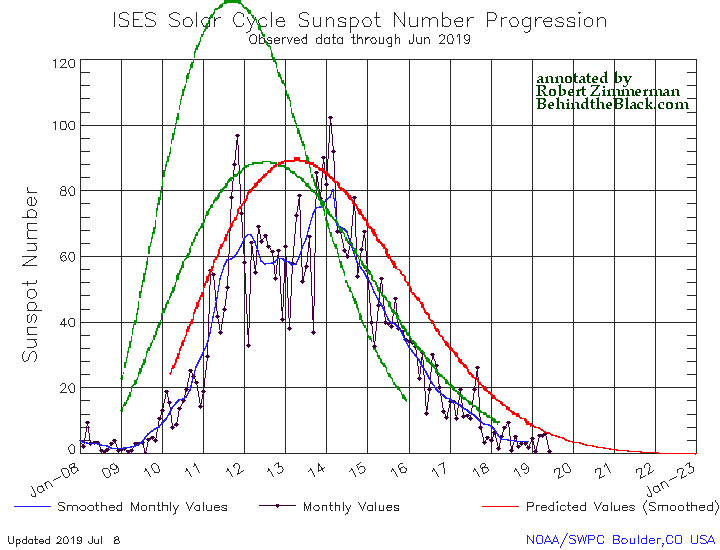Beresheet design adopted by Firefly & Israeli private partnership
Capitalism in space: The American smallsat launch company Firefly Aerospace announced today that they will be partnering with a private Israeli company to use the design of Beresheet to build their own lunar lander for NASA.
Firefly Aerospace announced that it is partnering with Israel Aerospace Industries (IAI) to create a new lunar vehicle based on the crashed spacecraft’s blueprints. Firefly says this lander will build upon “lessons learned” from the accident to ensure that the new lander does not meet the same fate.
…If Firefly does mount a lunar mission, the company’s lander, called Genesis, will leverage much of the Beresheet design as well as the IAI team’s flight experience. “Firefly Aerospace is excited to partner with Israel Aerospace Industries to provide the only NASA CLPS program flight-proven lander design,” Shea Ferring, Firefly’s vice president of mission assurance, said in a statement. The name of the lander is also a nod to Beresheet, which means “Genesis” in Hebrew.
It appears that a group of engineers from the non-profit SpaceIL, that built Beresheet, have teamed up to form their own company. It also appears that they have some rights to the spacecraft’s design, and could take them with them.
Firefly is competing for a NASA contract to land on the Moon. This deal strengthens their bid considerably.
Capitalism in space: The American smallsat launch company Firefly Aerospace announced today that they will be partnering with a private Israeli company to use the design of Beresheet to build their own lunar lander for NASA.
Firefly Aerospace announced that it is partnering with Israel Aerospace Industries (IAI) to create a new lunar vehicle based on the crashed spacecraft’s blueprints. Firefly says this lander will build upon “lessons learned” from the accident to ensure that the new lander does not meet the same fate.
…If Firefly does mount a lunar mission, the company’s lander, called Genesis, will leverage much of the Beresheet design as well as the IAI team’s flight experience. “Firefly Aerospace is excited to partner with Israel Aerospace Industries to provide the only NASA CLPS program flight-proven lander design,” Shea Ferring, Firefly’s vice president of mission assurance, said in a statement. The name of the lander is also a nod to Beresheet, which means “Genesis” in Hebrew.
It appears that a group of engineers from the non-profit SpaceIL, that built Beresheet, have teamed up to form their own company. It also appears that they have some rights to the spacecraft’s design, and could take them with them.
Firefly is competing for a NASA contract to land on the Moon. This deal strengthens their bid considerably.




